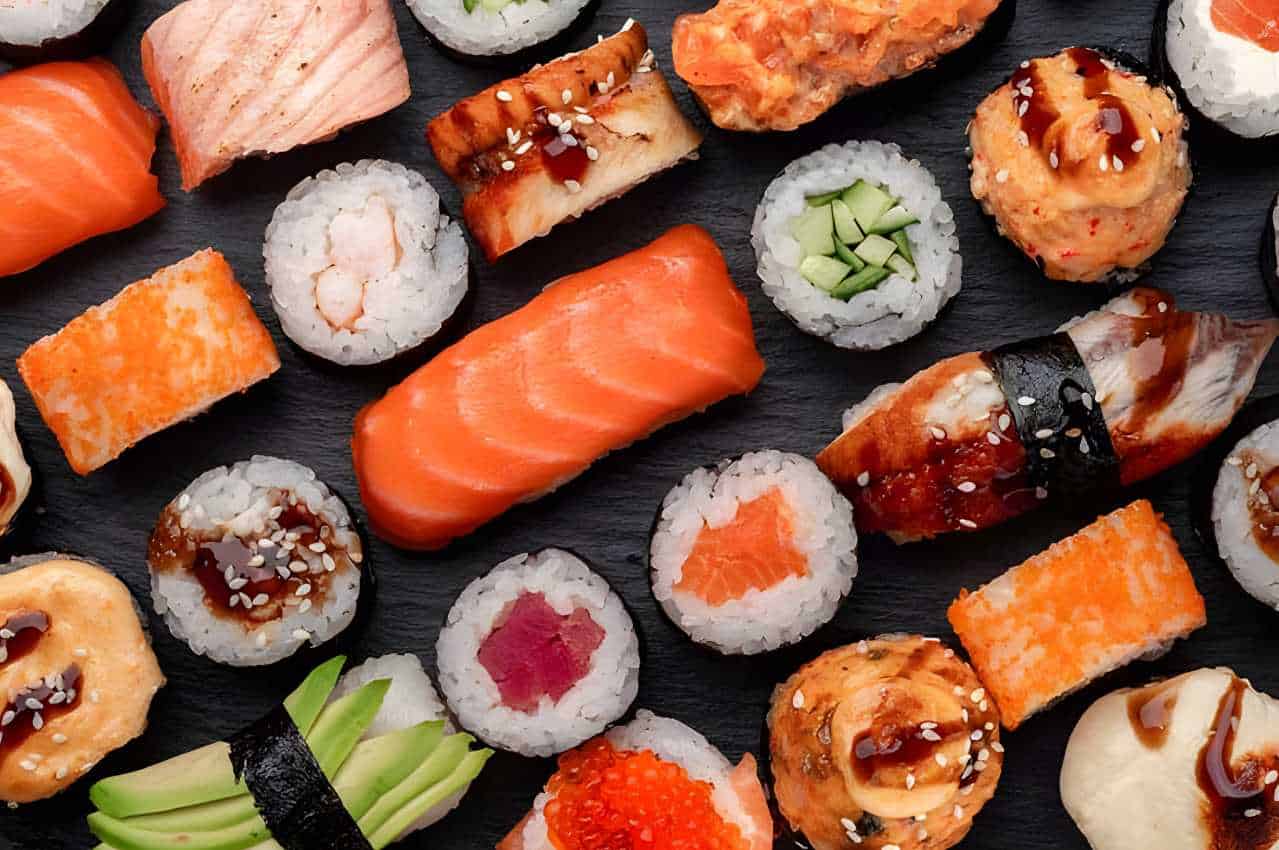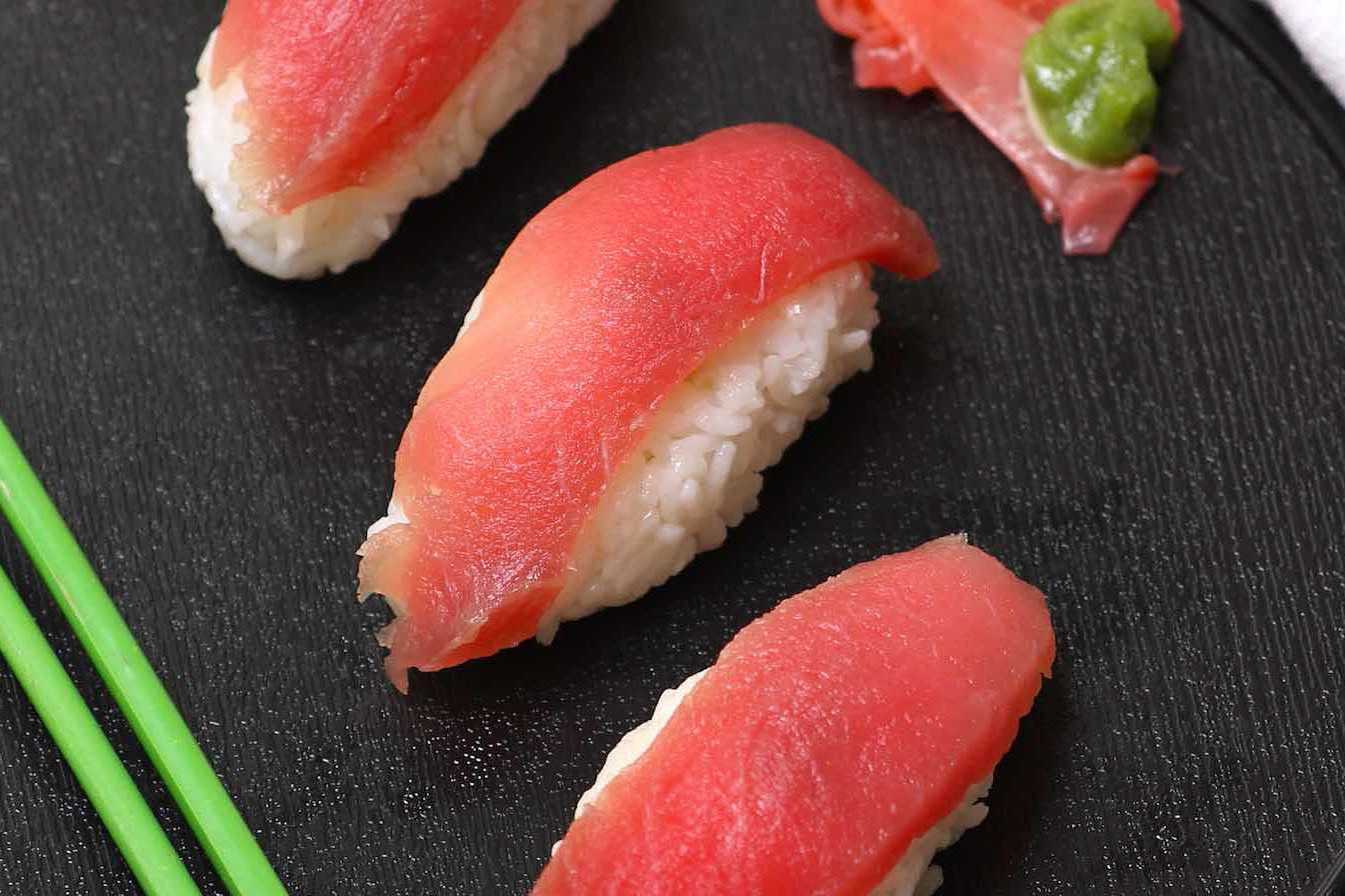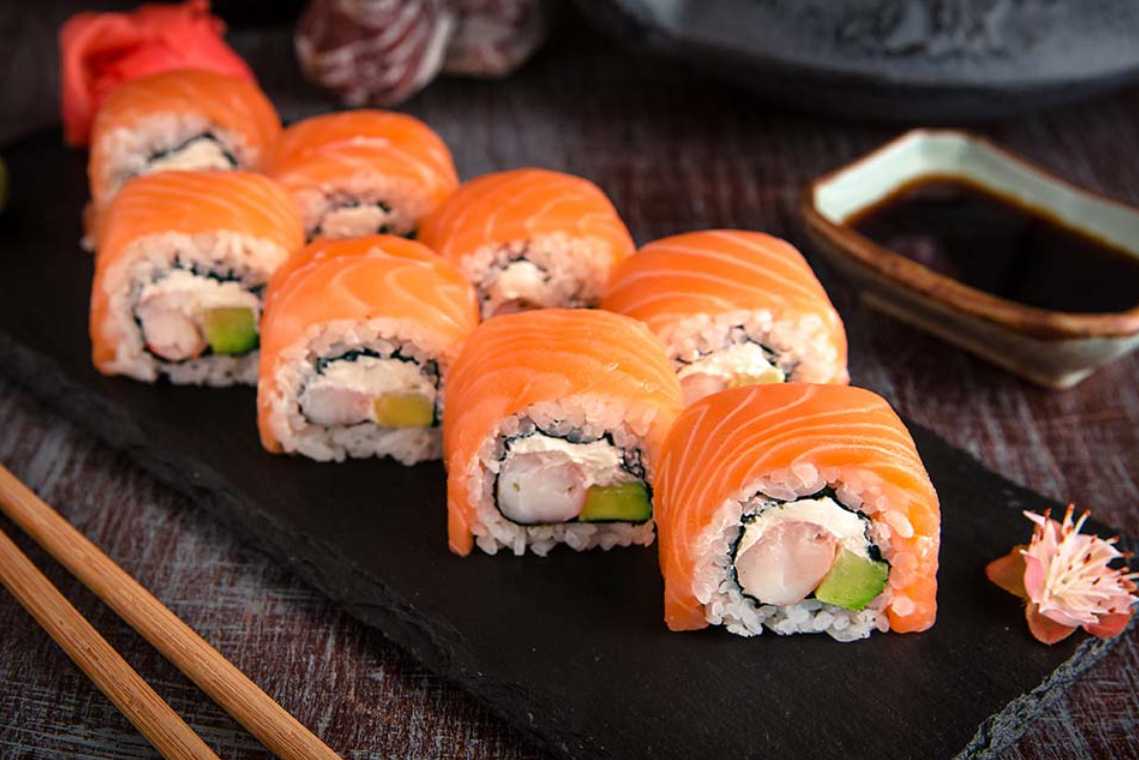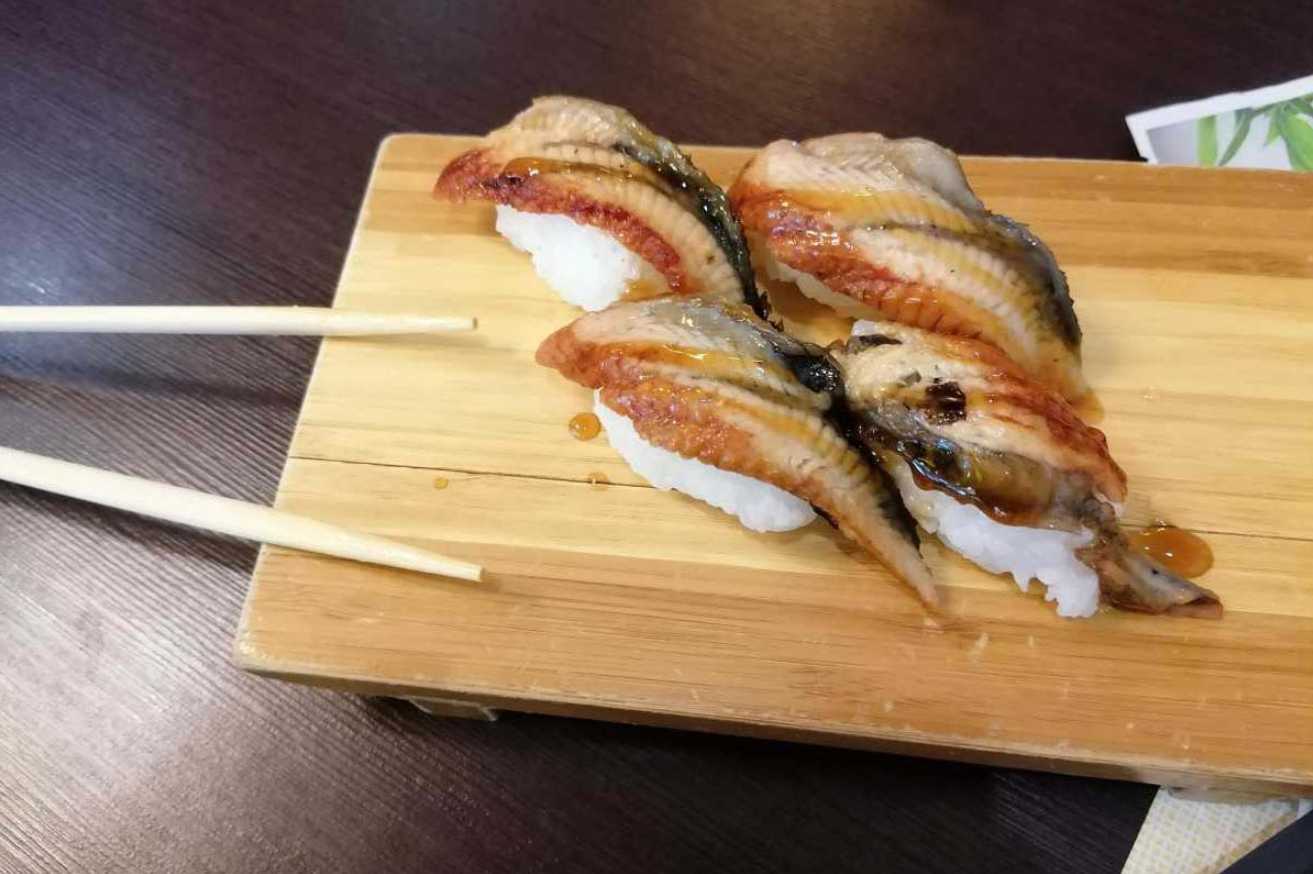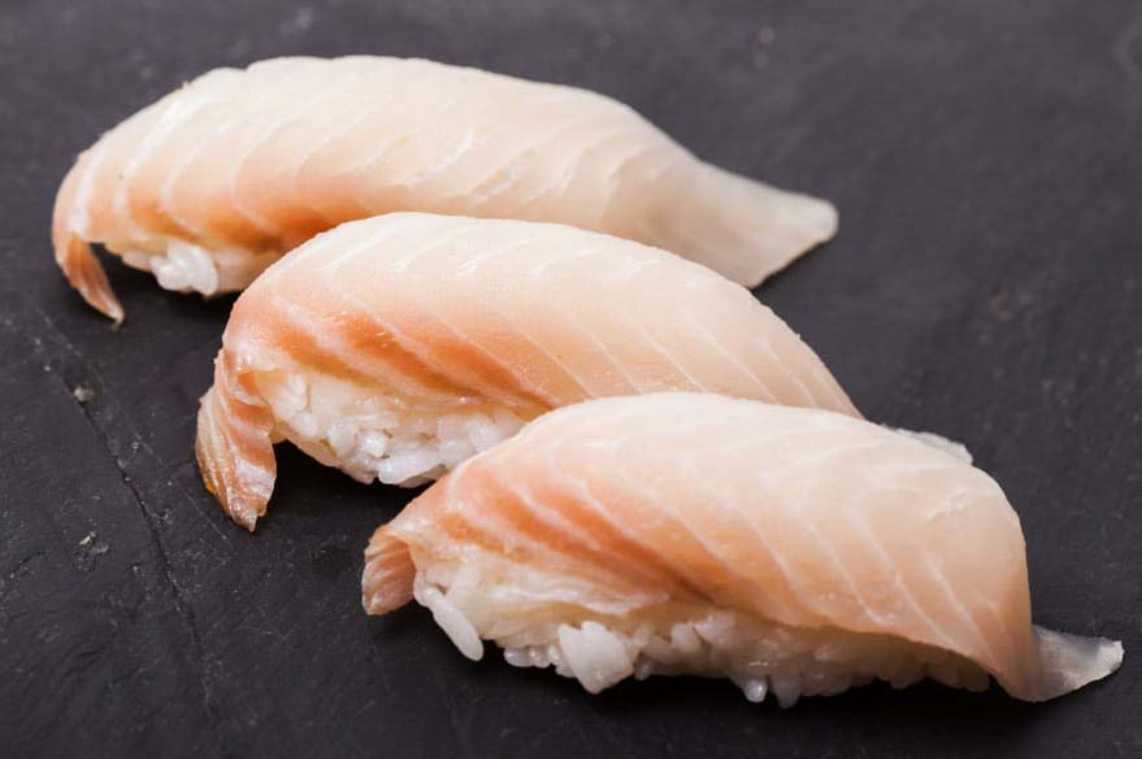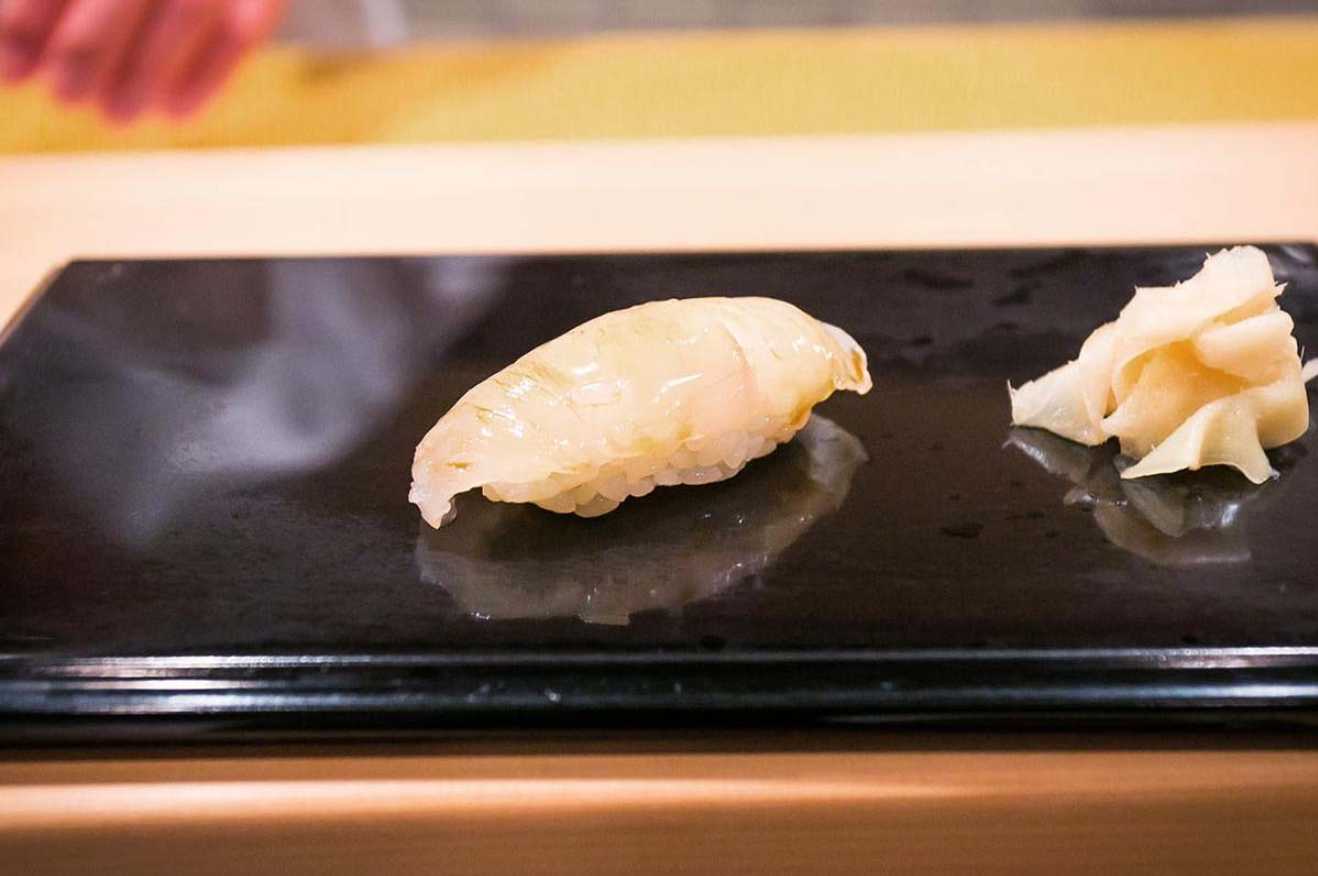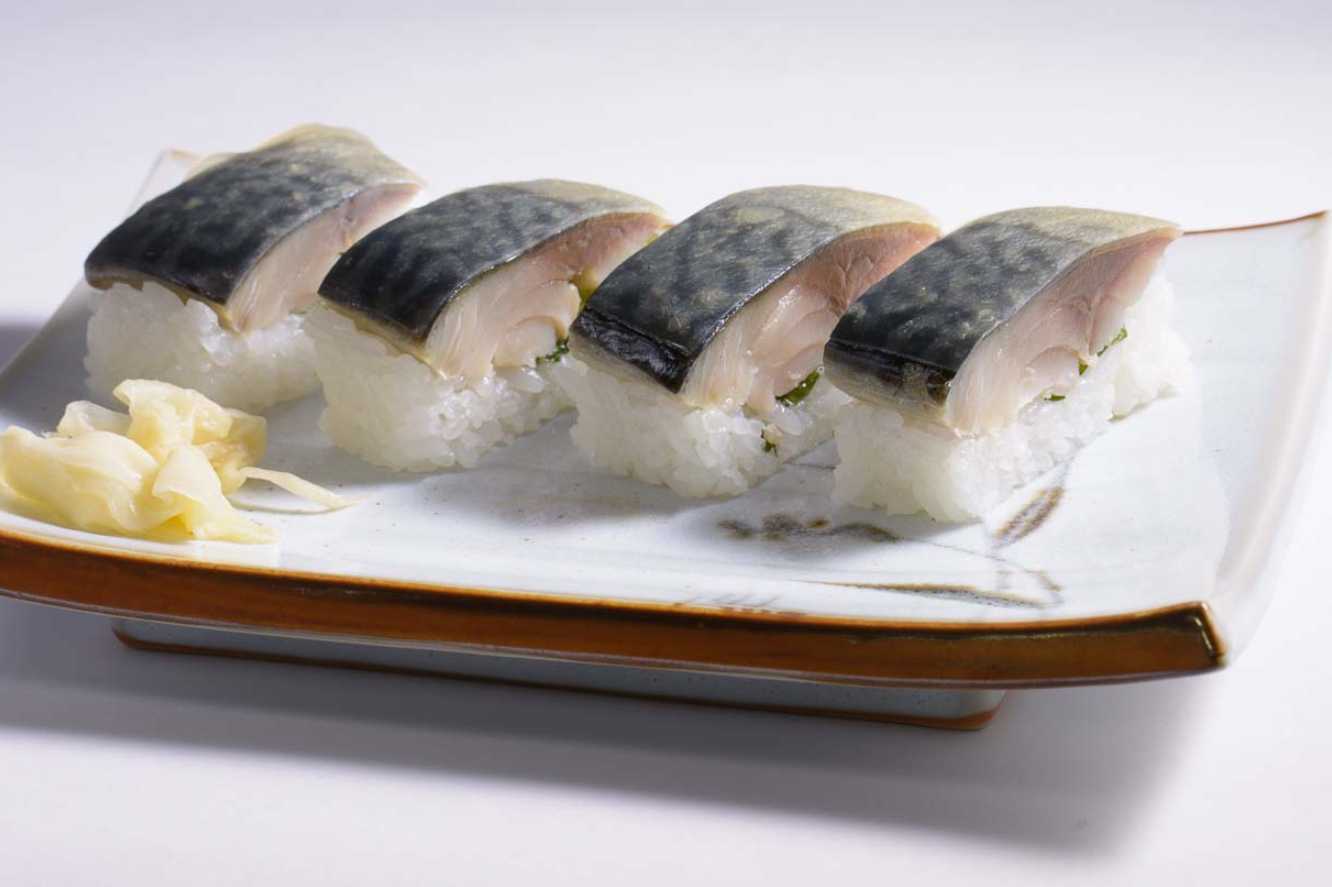Sushi is perhaps one of the most popular foods to come from Japan. Wherever you are in the world, there’s a Japanese restaurant serving different kinds of sushi. If you are not familiar with what sushi is made of, perhaps you should find out the different types of fish used in making sushi!
Sushi: From Japan To The World
There’s a whole history behind the origin of sushi. And many things have been written about its exact origins. Some accounts say the concept of putting salted fish in cooked rice first appeared in China.
The introduction of sushi to Japan probably happened around the 9th century. The modern sushi that people know now is a product of many changes.
In 1820s Japan, a man named Hanaya Yohei used a speedier fermentation process using rice vinegar, salt, and rice to make sushi. He made use of the fresh fish available to create the Nigiri type of sushi.
Apart from Nigiri, there are also other types of sushi including the following:
- Maki
- Sashimi
- Chirashi sushi
- Temaki
- Inari sushi
Fish is one of the highlights of sushi. The type of fish used in making sushi adds to its unique flavor and texture. There are various types of fish that sushi chefs use.
And if you plan on enjoying sushi for a long time, it would make your culinary experience even better if you know what goes into each roll.
Types of Fish For Sushi
Sushi is considered an art form in Japan. There are a lot of things to think of when making sushi, including its texture, flavor, and color. And the different varieties of fish matter as well. Here are some of the types of fish that are commonly used for sushi:
Tuna (Maguro)
Tuna is perhaps one of the most popular sushi toppings. There are seven kinds of tuna for sushi in the Japanese market. Each tuna has its distinct appearance, flavor, texture, and a whole lot more!
- Bluefin Tuna – If there’s a top tier award for tuna used in sushi, then it goes to the Bluefin Tuna! When it comes to size, it’s the biggest tuna. It weighs between 600 to 1,000 lbs. If you go to a high-end and fancy sushi place, they would most likely have Bluefin Tuna sushi on their menu. The wintertime is the best time to catch Bluefin Tuna. The fish accumulates fat during this period.
- Southern Bluefin Tuna – This type of tuna got its name mainly from the fact that it comes from the Southern Hemisphere. When compared to the Bluefin Tuna, its size is slightly smaller. But don’t let its size fool you. The Southern Bluefin Tuna is considered critically endangered. Due to overfishing, the population of this type of tune was dwindling. There are quotas in place for catching this type of tuna.
- Bigeye Tuna – This type of tuna got its name because of how big its eyes are! The Bigeye Tuna can grow to as much as 440 lbs. If you want your tuna a little leaner, then go for this one. The raw Bigeye Tuna is also considered as a top tier dish. Over the years, the Bigeye Tuna has also been under threat. It’s due to small and juvenile Bigeye Tuna being caught in large quantities.
- Yellowfin Tuna (Ahi) – You would know that it’s a Yellowfin Tuna by its color. As this fish grows, its fins turn yellow, giving it a distinct appearance. If you decide to get sushi from a casual joint in Japan, you would probably get sushi made from Yellowfin Tuna. Compared to other types of tuna, the Yellowfin Tuna has less fat. Its tasty red meat is perfect for sushi and sashimi.
- Albacore Tuna – When the conveyor belt sushi craze started, more and more people started using Albacore Tuna for sushi. While this tuna might be smaller than other varieties, its meat is also a popular choice for sushi. When you go to a sushi place, you would be able to tell if they are using Albacore tuna by the color of its flesh. It has a lighter and paler pink meat color.
- Longtail Tuna – The Longtail Tuna is one of the smallest tuna varieties out there. Despite its size, people are drawn to its red meat. In Japan, Longtail Tuna is not the most popular choice for sushi. However, some regions in the country consider this tuna a treat, most especially during Autumn season.
Salmon (Sake)
If you like eating raw fish, then you are in luck. Salmon is one of the safest raw fish to consume! It’s no wonder it’s a favorite among sushi makers and lovers! People also love salmon for its amazing flavor and texture.
Salmon wasn’t always a popular fish in Japan. The Pacific Salmon, which was found in the waters of Japan, carried parasites. However, around the 1990s, it made its presence known and since then, you can see more and more Japanese dishes incorporating this fish. Many types of raw fish can carry parasites, and sushi chefs take steps to ensure that their fish is safe to eat.
One of the most popular varieties of Salmon used in sushi now is the Atlantic Salmon. This type is often used in California rolls. However, traditionally, Atlantic Salmon wasn’t used in Japanese sushi.
The credit for the rise in Atlantic Salmon sushi has to go to Norwegians. They were able to prove to the Japanese that with the right aquaculture and refrigeration techniques, it was possible to consume salmon safely.
If you ever make it to a sushi place and they serve salmon sushi, check out if they have rolls made from the following:
- King Salmon
- Chum Salmon
- Cherry Salmon
You won’t regret ordering sushi made from these because of their superior taste, texture, and quality.
Sea Bass (Suzuki)
Sea Bass has become a popular fish in sushi making. The size of the fish is small, making it easier to handle and turn into sushi.
Compared to other fish used in sushi, the Sea Bass does not have a strong seafood taste. However, if you have a large Sea Bass, it contains more fat and it’ll have a stronger seafood taste or flavor.
One of the best ways to prepare Sea Bass is to make it into a Nigiri. Making a Sea Bass Nigiri is easy. It involves putting a thin slice of Sea Bass on top of the rice. If you want a little more kick to your Nigiri, add a little bit of wasabi between the fish and rice.
Eel (Unagi)
Eel is a very popular fish in Japan. However, not all might attempt to make it into sushi because it won’t taste and feel good at all if not done right.
When dealing with eels, the sushi chefs have a chance to showcase just how good they are with cutting and slicing fish.
Preparing the eel involves several processes, including soaking it in rice vinegar for hours. The eel is then grilled and covered in soy sauce before being turned into sushi.
While it might be pricier than other fish, it makes for great sushi because of its delicate and delicious flavor.
Red Snapper (Tai)
Don’t be surprised if they have Snapper sushi if you go to sushi bars! Snapper is also one popular fish for sushi. Snapper sushi should be first on your list if you are new to eating sushi.
It’s perfect for a sushi newbie! The meat of this fish is soft and lean. It also has a mild flavor. It won’t overwhelm those who aren’t used to eating sushi.
Halibut (Hirame)
If you are a sushi newbie, Halibut might be the perfect topping for you! This fish has a subtle flavor even when served as sushi. Its taste and flavor won’t be too intimidating for people who might not be used to eating sushi.
You can enjoy Halibut sushi in two ways – either raw or cooked. If it’s to be served raw, it should be frozen for a specific duration to ensure safety. If cooked, the Halibut is seared on the grilled and immersed in ice.
Mackerel (Saba)
Mackerel has a long and strong history with sushi. Back in the day, when the sushi people love now first came to be, Mackerel was a popular topping. In Japan, it still remains well-liked as edomae-style sushi.
Before serving as sushi, Mackerel is cured with vinegar and salt. It’s often served as nigiri or maki roll. Contrary to what others say, not all Mackerel will leave a fishy taste or hint.
It depends on the type of Mackerel you have and how it’s prepared. If you have fresh Mackerel, that might not be an issue at all.
Different Sushi Fish For Different Folks
Before enjoying the various kinds of sushi, know that many things are involved, including working with different types of sushi fish.
If you are a big fan of sushi, you have surely indulged in these and have a personal fave! After all, eating sushi is one big culinary adventure you shouldn’t miss!

Hiroshi Nakamura, a Tokyo-born sushi chef turned US-based writer and critic, is the voice behind ichisushi.com, blending traditional sushi wisdom with modern insights.

